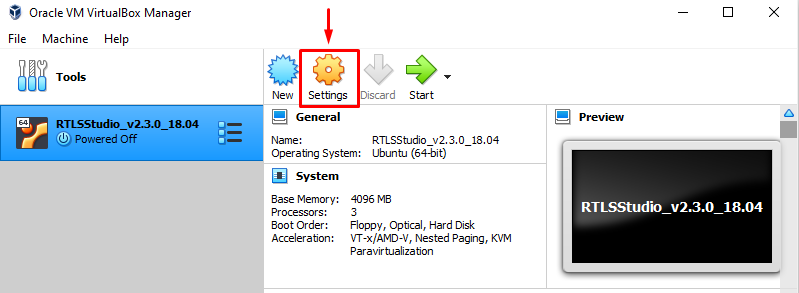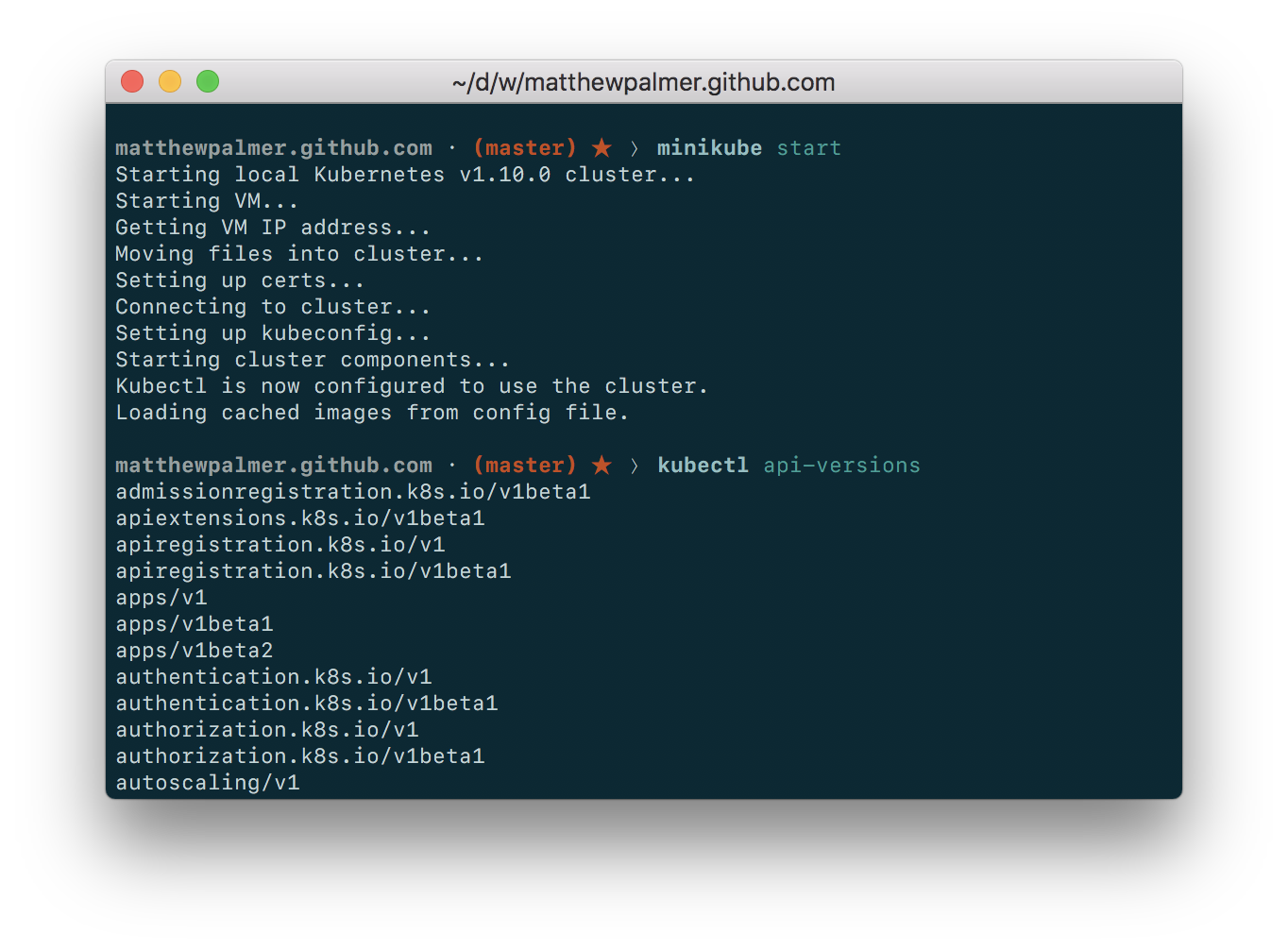

Instances created with VirtualBox don’t get transferred, but you can always come back to them. If you want to switch back to the default driver: PS> multipass set local.driver=hyperv VirtualBox can also connect to iSCSI targets and to raw partitions on the host, using either as virtual hard disks. It thus supports disks created by other hypervisor software. You can then open, say, and the service running inside the instance on port 8080 will be exposed. VirtualBox emulates hard disks in three formats: the native VDI (Virtual Disk Image), 30 the VMDK of VMware and the VHD of Microsoft Windows. To expose a service running inside the instance on your host, you can use VirtualBox’s port forwarding feature, for example: PS> & $env:USERPROFILE\Downloads\PSTools\PsExec.exe -s $env:VBOX_MSI_INSTALL_PATH\VBoxManage.exe controlvm "primary" natpf1 "myservice,tcp,8080,8081"

The boot process halt when Linux is supposed to execute init or maybe a bit earlier. I've two virtual machine but both seem to have trouble now. So since the last update of Windows, I can use VirtualBox with Hyper-V features enabled (kernel virtualization + isolation of browser) with the native API. They may not be represented in Multipass commands such as multipass info, though. VirtualBox native API and KVM paravirtualisation. NOTE: You can still use the multipass client and the system menu icon, and any changes you make to the configuration of the instances in VirtualBox will be persistent. To list the instances on the command line: PS> & $env:USERPROFILE\Downloads\PSTools\PsExec.exe -s $env:VBOX_MSI_INSTALL_PATH\VBoxManage.exe list vms

Multipass instances in VirtualBox 773×499 51.3 KB


 0 kommentar(er)
0 kommentar(er)
